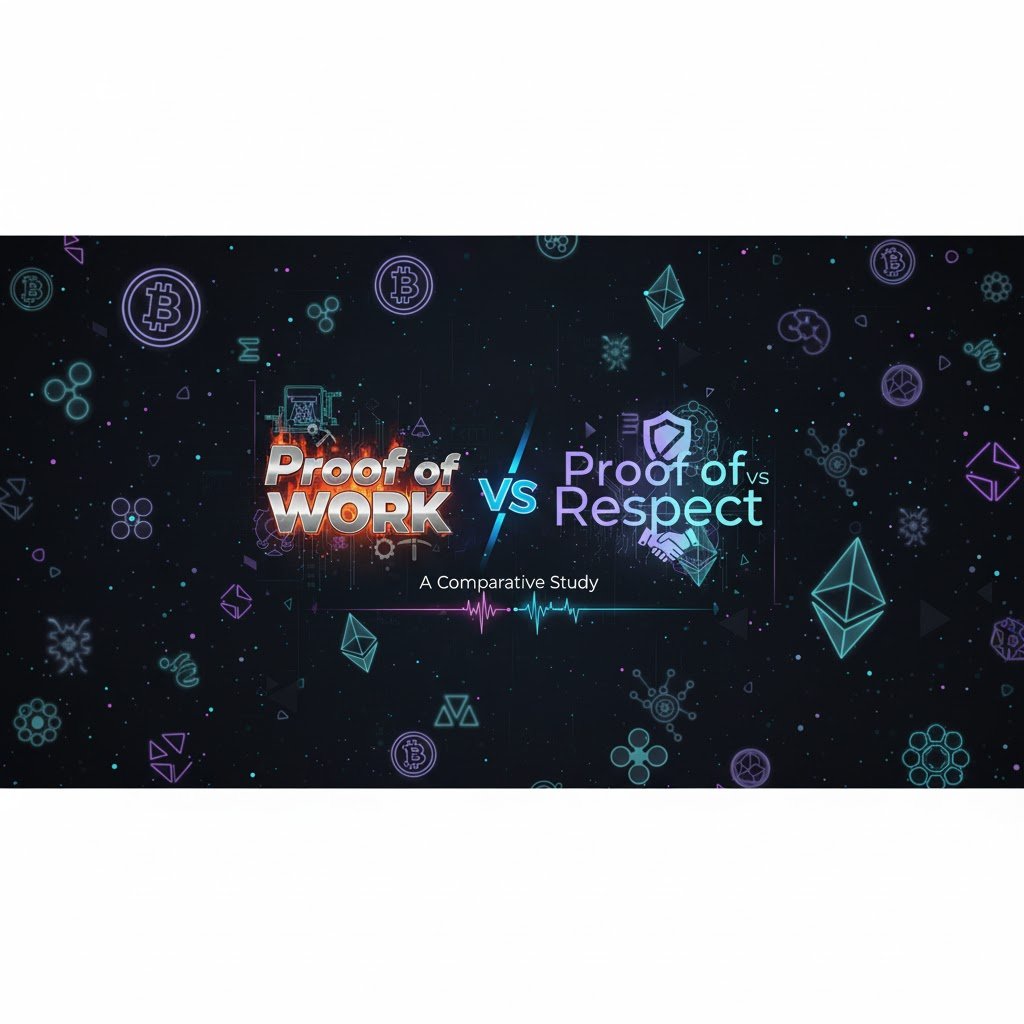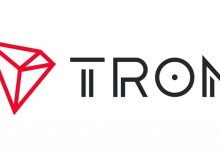Proof of Work vs Proof of Respect: A Comparative Study


In the blockchain and decentralized systems space, trust is built through mechanisms called “proof” models. These models decide how participants can validate transactions, secure the network, and gain community influence.
For several years, Proof of Work (PoW) has been the foundation for several major blockchains like . However, new ideas such as Proof of Respect (PoR) are emerging. This concept prioritizes trust, human contribution, and reputation over conventional computing power. In this article, we explore how these systems operate, what they represent, and their offerings for the future of trust.
Key Takeaways
- Proof of Work uses computational effort to secure blockchain networks, while Proof of Respect builds trust through reputation.
- PoW offers trusted security and stability, but faces hassles with scalability and energy use.
- PoR introduces a user-centric approach that rewards contribution, honesty, and positive community engagement.
- The future of decentralized trust may lie in combining technical validation from PoW with ethical governance from PoR.
What is Proof of Work (PoW)
Proof of Work is one of the oldest and most notable blockchain consensus mechanisms. It leverages miners using computational power to solve hard mathematical puzzles for validating transactions and securing the network.
When the first miner solves a puzzle, they get rewarded with newly minted tokens, creating trust and competition in the ecosystem. For instance, BTC uses this system to ensure transparency and prevent double-spending. While is admired for its decentralization and security, it faces criticism for its limited scalability and high energy consumption.
What is Proof of Respect (PoR)
Proof of respect is a more recent concept that diverts the focus from computational efforts to human contribution and reputation. Rather than depending on machines, it values the integrity, actions, and credibility of participants in a decentralized community.
Users earn respect through transparency, useful engagement, and collaboration. One of the primary goals of PoR is to prompt social accountability and ethical behavior. Therefore, users are rewarded for positive influence and not wealth or power.
Key Differences Between Proof of Work and Proof of Respect
Both concepts aim to build trust in decentralized systems. However, they take diverse paths to achieve this.
First, Proof of Work depends on computing power, where participants prove their dedication by solving complex puzzles that take time, hardware resources, and electricity. In contrast, Proof of Respect is based on contribution and social trust. Participants prove their value through honesty, engagement, and community collaboration.
Additionally, Proof of Work builds security through computation and energy, while Proof of Respect achieves this through reputation and relationships.
The rewards in Proof of Work are awarded to those with more processing power, making it quite capital-intensive. In comparison, the rewards in Proof of Respect are tied to earned respect, making it more human-centered and inclusive. Together, both reflect diverse philosophies where one is powered by machines and the other by people.
Strengths and fragilenesses of Each Model
Proof of Work (PoW)- Strengths
1. Proven security and reliability: PoW has made a name for itself as one of the securest blockchain mechanisms. Its process of solving complex cryptographic puzzles makes it challenging for fraudulent individuals to fake or alter transactions.
2. Solid protection against manipulation and fraud: Since every transaction needs computational proof, tampering with the network requires massive energy and resources, making attacks almost impossible.
3. Promotes decentralization and transparency: PoW systems allow individuals with the ideal hardware to participate, encouraging open access and reducing dependence on one authority.
4. Trusted track record with notable blockchains: BTC, the most valuable and first cryptocurrency, works on PoW, proving its capability to maintain trust and stability over time.
Proof of Work (PoW) – fragilenesses
1. High energy consumption: PoW requires voluminous computational power, leading to high energy use that raises long-term sustainability questions and environmental concerns.
2. Limited scalability: As the network grows, it becomes sluggisher to validate transactions. It also becomes more resource-intensive, making it challenging to process large volumes rapidly.
3. Expensive entry barrier: Mining equipment and power costs make it hard for everyday individuals to participate. This costly limitation leaves control in the hands of well-funded miners.
4. Risk of mining centralization: Over time, has become centralized in areas with access to affordable power, reducing true network fairness and creating partial centralization.
Proof of Respect (PoR)- Strengths
1. Promotes inclusiveness and fairness: PoR doesn’t depend on machines or financial power. Instead, it relies on human values like reputation, honesty, and contribution. Therefore, participation is open to any user willing to engage meaningfully.
2. Environmentally sustainable: With PoR, there’s no need for electricity or high-powered computers. This feature makes it an energy-efficient and green alternative that backs eco-friendly blockchain adoption.
3. Rewards engagement and positive behavior: Users gain influence and rewards depending on community respect and contributions, not their technical resources. Hence, it promotes authentic collaboration and accountability.
4. Builds integrity and social trust: PoR emphasizes transparency and respect, which strengthens relationships among users. Also, it creates a healthier space for decentralized decision-making.
Proof of Respect (PoR)- fragilenesses
1. Challenges in measuring respect objectively: Quantifying reputation may be subjective, and deciding what counts as respect may differ between communities.
2. Potential for manipulation and bias: Influential groups or users may exploit social connections or popularity systems to gain an unfair advantage, which could fragileen fairness.
3. Lacks proven technical foundation: PoR is still theoretical compared to Pow. It is also less tested under live conditions, making its security performance unreliable.
4. Limited adoption and recognition: PoR is still an emerging idea; hence, it has not been widely implemented across large networks. Therefore, its potential remains to be fully explored.
Conclusion – The Evolving Face of Trust in Decentralized Systems
The rise of decentralized networks and has shown that trust can be achieved in diverse ways. Proof of Work has shown that transparency and computational effort can secure digital systems at a global scale. Therefore, as the world becomes more aware of inclusion, ethics, and sustainability, models like Proof of Respect are challenging the conventional standards. They remind us that technology alone cannot sufficiently define trust. Factors like values, people, and community behavior are significant too.
As blockchain continues to evolve, the future of decentralized trust may not depend on power or respect alone, but on a thoughtful balance between both.







